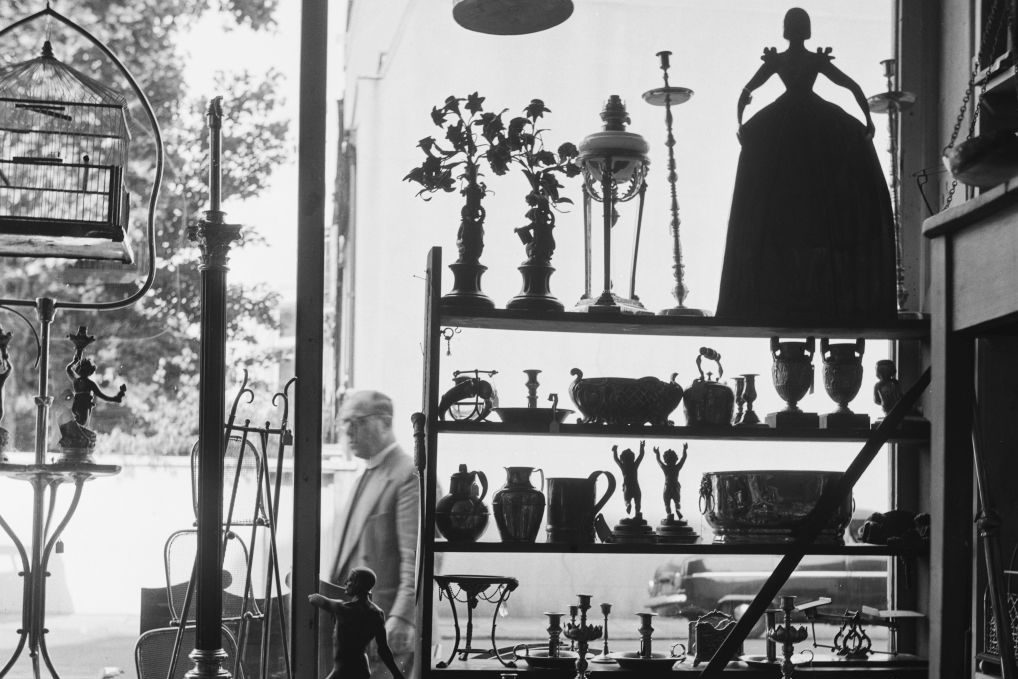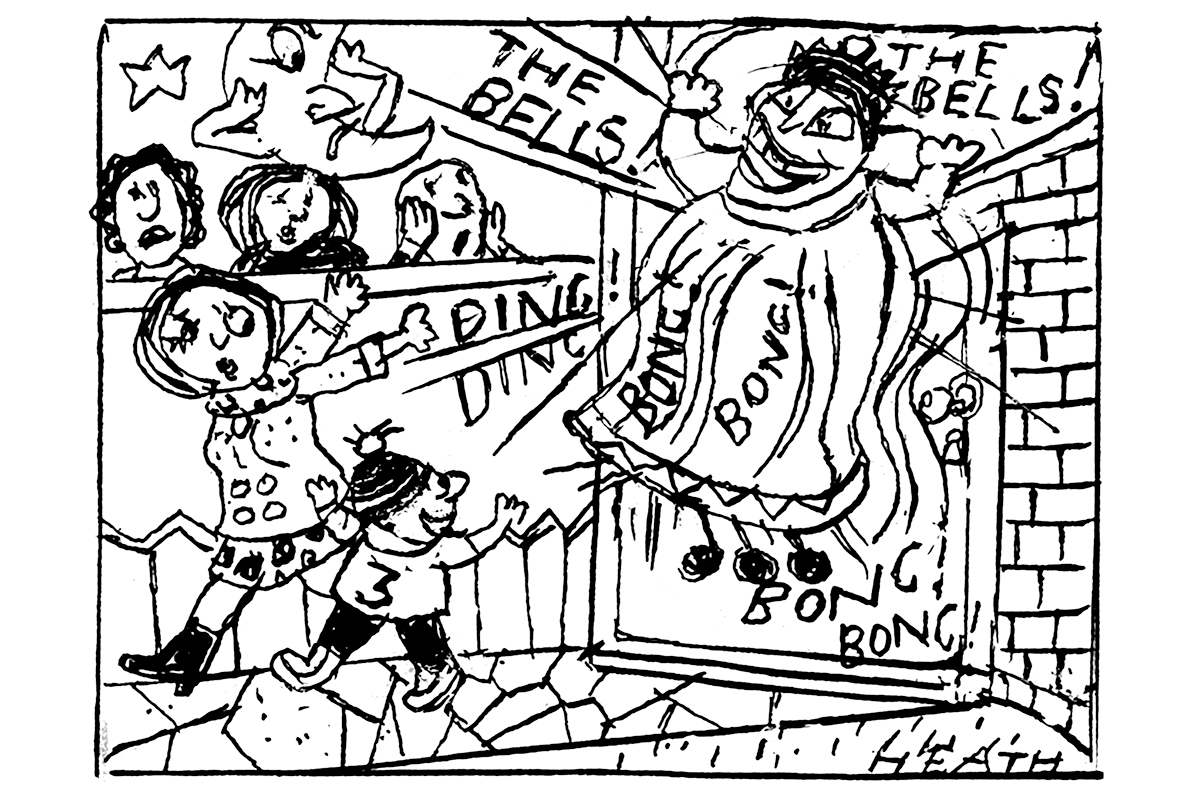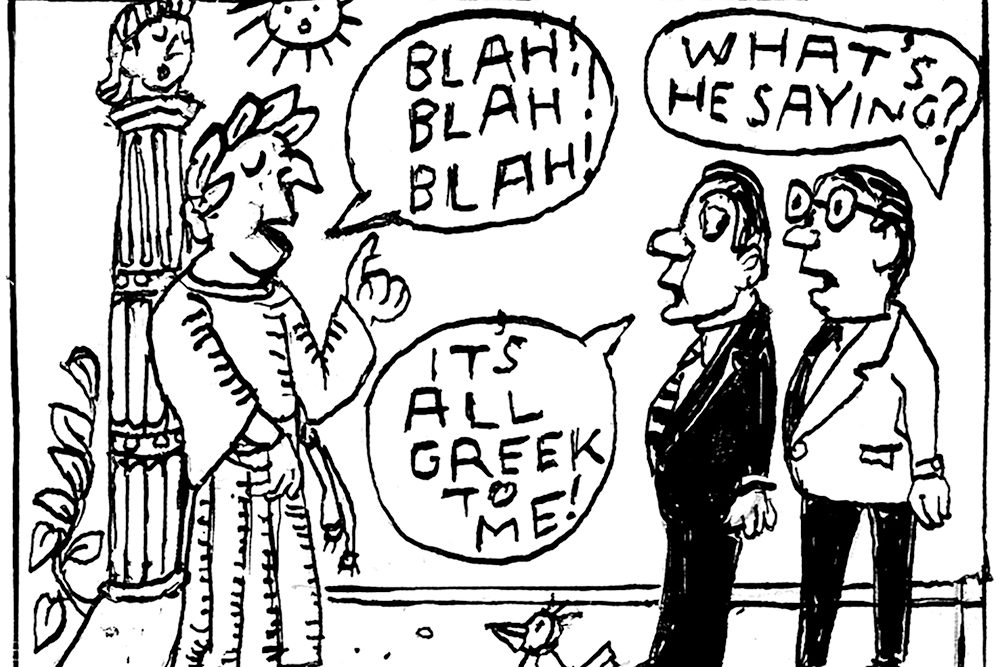The table at which I sit to write this column is more than 400 years old — and yet brand new. A few years ago, when a mammoth oak fell in my parents’ woods, we profited from the generosity of friends with chainsaws and access to a lumber mill and kiln who were just as determined as we were not to see this venerable specimen go to waste.
My parents consulted with yet another party keenly concerned with preservation — a local, family-owned, custom furniture builder of “heirloom-quality.”
It seems like a quaint concept, in this fast-forward world, where news stories and trends mirror the lifespan of an avocado — ripe one second and useless the next — to acquire and keep things with a mind for future generations. It could be, though, that the nature of our here-today-gone-tomorrow culture is amplifying people’s innate desire for connection to things that are beautiful and unchanging.
I’ve encountered encouraging signs of the truth to this theory in recent years: Real Simple magazine reported on “5 ‘Future Heirlooms’ We Need from Anthropologie’s Line with House of Hackney.” Supermodel Gigi Hadid “Wants Her Cashmere Designs to Be Your Future Family Heirlooms,” InStyle magazine reported last year. In 2020, New York Times Magazine profiled Ulla Johnson, “A Designer Who Wants to Make Your Future Heirlooms.”
Frieda Gormley, founder of House of Hackney, tells me that the interiors brand “began as a reaction to the white-walled living and throwaway culture of the past decade.”
To be able to sell products steeped in British heritage, “We spent six months traveling around the UK in our van, knocking on doors and chasing manufacturing leads,” Gormley says. “Across the country we were excited to find pockets of traditional manufacturing, where families passed down their craft through generations. Following in the footsteps of our design hero, William Morris, our house is not filled with lots of ‘stuff,’ only things that have a purpose, created for both their beauty and their meaning. We call them ‘future heirlooms’; artistically designed, sustainable pieces made in Britain by craftspeople specializing in generations-old trades.”
Gormley attests that “people are now buying less, but buying better, which we love to see! We are seeing an emphasis on…people wanting products that truly last a lifetime, rather than just a season.”
Because they “wanted people to be able to save up a little and buy a truly special piece that was designed with purpose, made with love and built to last,” Gormley says House of Hackney “decided from the start that we’d set lower profit margins so we could pitch products at an attainable luxury price so they could be enjoyed by more people.”
Charlie Greene, CEO and co-founder of Remento, is also in the business of future heirlooms, albeit less tangible ones. Conceived in the wake of Covid, a time that Greene says “served as a reminder of how important it is to never take anything, or anyone, for granted” and that resulted in “lots of storytelling and reflections of family history,” Remento is a “science-backed app to capture family stories through conversation.”
Greene cites scientific evidence showing that reminiscing about family history benefits aging adults and is also “critical to developing resilient young adults.
“[Family stories] bind us together,” Greene says, “and help us create meaning from our experiences and form our identities.”
The concept of identity, which Greene notes “is increasingly in vogue as it relates to being young and understanding who you are in a super-digital, connected world,” is one that he says is compelling to people of all ages. “Nostalgia,” he points out, continues to be one of the top trends on TikTok — with billions of posts in the category.
Remento asks, “Why is it that young people are turning to other people’s stories to be inspired?” And through its oral history interviewing app, it offers an answer to: “What if it was as easy to learn from your own family as it is to learn about the stories of the people who have millions of followers on TikTok?”
The first product Remento offered was purely digital, yet Greene says, “We’re seeing a bit of a countertrend toward physical goods. As one of our users told us earlier this year, ‘When things are important, I want to hold them in my hands.’” Thus was born the company’s newest product: the Remento Book, a service to gather family stories in a hardcover, color-printed book.
“Our perspective is that these physical products become family heirlooms in themselves,” Greene says. “Several of our early users have captured stories about physical family heirlooms — an heirloom of an heirloom!”
Gormley concludes that, “Trends come and go, but true beauty and craftsmanship are timeless and will never go out of fashion.”
As I gaze upon the “new,” 400-year-old dining room table stretched out before me, admiring the splendor of the grain exposed by quarter-sawing the mighty Ent, I reflect on the things that “never go out of fashion.” In its young life, this future heirloom has already witnessed the laughter and sweetness of a few birthday celebrations, the storytelling, good-humored teasing and spirited debate that flow alongside the wine at holiday dinners and the warmth of familial love. As we say grace over our Christmas feast this year, I will pray that the table is around for many decades of joy and will thank God for enduring physical reminders that inspire us to remember His abiding goodness.
Note: An earlier version of this article attributed the House of Hackney quotes to Joseph Robert O’Donnell, global PR and marketing manager for House of Hackney. This error has been corrected.
This article was originally published in The Spectator’s December 2023 World edition.


























Leave a Reply